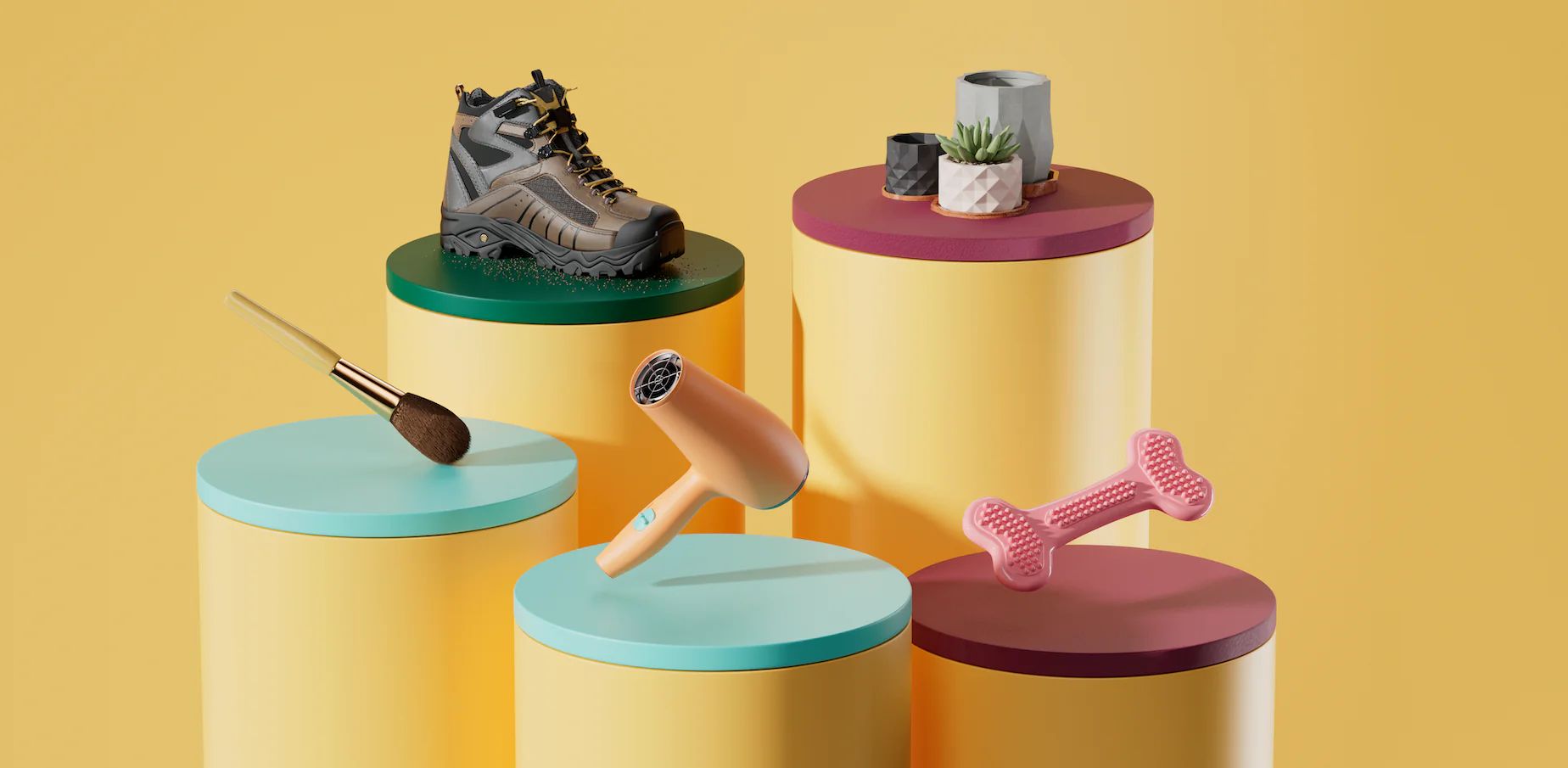
In an ever-changing world, it’s not uncommon for products we use daily to come under scrutiny. What was once a staple in our homes or a common part of our routine can suddenly find itself at the center of new research, shifting societal values, and evolving regulations. This dynamic landscape means that many items, once considered harmless, are now on the verge of being outlawed or are undergoing significant changes to their availability and composition.
This isn’t about fear-mongering; it’s about staying informed and empowered. The rationale behind these potential bans is often rooted in critical concerns for public health, environmental protection, or energy efficiency. By understanding these shifts, we can make more informed choices, adapt our habits, and even discover more sustainable or safer alternatives that benefit both ourselves and the planet.
Today, we’re diving into a selection of everyday products that are either newly restricted, facing imminent bans, or are already seeing their presence diminish due to growing awareness and legislative action. Prepare to be surprised by some of the familiar items that might soon look, feel, or even vanish from your shopping cart as we navigate this wave of change together.
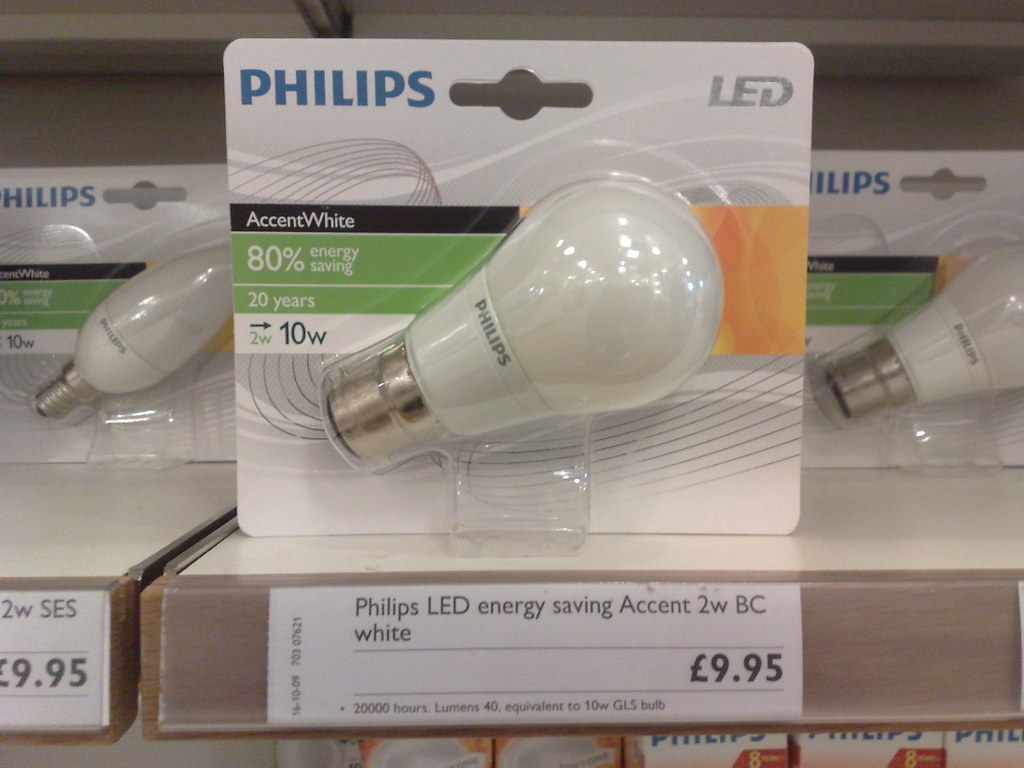
1. **Incandescent Light Bulbs**
Say goodbye to the familiar warm glow of traditional light bulbs, as incandescent bulbs have now been federally banned since August 1, 2023. These classic illuminators were known for their comforting light, but unfortunately, they were also energy-guzzling powerhouses. The move to phase them out has been a long time coming, driven by a global push towards greater energy efficiency.
The shift isn’t just about saving energy; it’s also about embracing safer, more reliable lighting solutions. Their more efficient LED counterparts offer significant advantages, including a much longer lifespan and often a cooler operating temperature, which contributes to overall home safety. While the change might seem drastic, it’s been a gradual transition that many households have already navigated without even realizing it.
Most retailers have been steadily phasing out incandescent bulbs for years, meaning that for many of us, the switch to LEDs has been a natural progression. So, if you happen to still be holding onto a stash of these older bulbs, it’s a good time to consider making the full transition and embracing the bright, efficient future of modern lighting.

2. **Colorful Candies and Snacks**
Your favorite rainbow-hued treats might soon be sporting a different look and taste. Several U.S. states are actively considering bans on popular food additives that are commonly found in a wide array of snacks and beverages. This legislative movement is gaining traction as concerns grow about the potential health impacts of certain artificial ingredients.
California has already taken a significant step, passing the widely discussed “Skittles Ban,” which is set to take effect in 2027. This groundbreaking law specifically targets chemicals such as Red Dye No. 3, titanium dioxide, and potassium bromate – ingredients that are surprisingly common in everything from breakfast cereals to a vast assortment of candies and sports drinks.
It’s not just California leading the charge; states like New York, Pennsylvania, Illinois, New Jersey, and Missouri are also actively considering similar bans. The ultimate goal isn’t to completely prohibit these beloved snacks, but rather to compel food companies to reformulate their recipes, using safer and more natural alternatives. This means your favorite treats could soon offer the same joy, just with a slightly different (and healthier) composition.

3. **Certain Cheeses**
For cheese enthusiasts, a heads-up is in order: some of Europe’s most cherished and traditional cheeses are already prohibited in the United States, with the potential for even more varieties to follow suit. Unpasteurized milk cheeses, such as the famously pungent Époisses, the rich Brie de Meaux, and the unique Mont d’Or, are currently off-limits under strict FDA regulations.
These restrictions are not arbitrary; they stem from legitimate concerns about the potential presence of harmful bacteria in raw milk. While many of these unpasteurized varieties have pasteurized counterparts available in the U.S., true purists often contend that the heat treatment process fundamentally alters the intricate flavor profiles and distinctive textures that make these cheeses so special.
As food safety regulations continue to evolve and deepen their focus on public health, it’s plausible that more varieties of artisanal and traditional cheeses could face either new restrictions or outright bans in the years to come. For consumers, this highlights the importance of understanding the origins and processing of your favorite dairy delights, and being open to exploring new, compliant options.

4. **Certain Cosmetics and Personal Care Products**
Your daily beauty and personal care routine could soon look quite different. The United States currently lags significantly behind more than 80 other countries when it comes to regulating potentially toxic chemicals in cosmetics. While the FDA has banned or restricted a mere nine chemicals for safety reasons, many other nations have proactively taken action against over 1,600 potentially harmful ingredients, highlighting a considerable regulatory gap.
However, there is a definite change on the horizon, largely driven by state-level initiatives. States such as California and Maryland have already enacted bans on 24 of the most concerning chemicals and contaminants commonly found in cosmetics. This includes well-known substances like formaldehyde and certain parabens, as well as some of the aforementioned PFAS compounds, marking a critical step towards safer beauty products.
As more states join this movement and public pressure mounts for more comprehensive federal action, consumers can anticipate a significant and much-needed shift in the ingredients used in their favorite personal care products. It’s becoming increasingly important to take a closer look at the labels on your cosmetics – some items currently in your makeup bag or bathroom cabinet might very well be among those slated for future ingredient reformulations or outright bans.
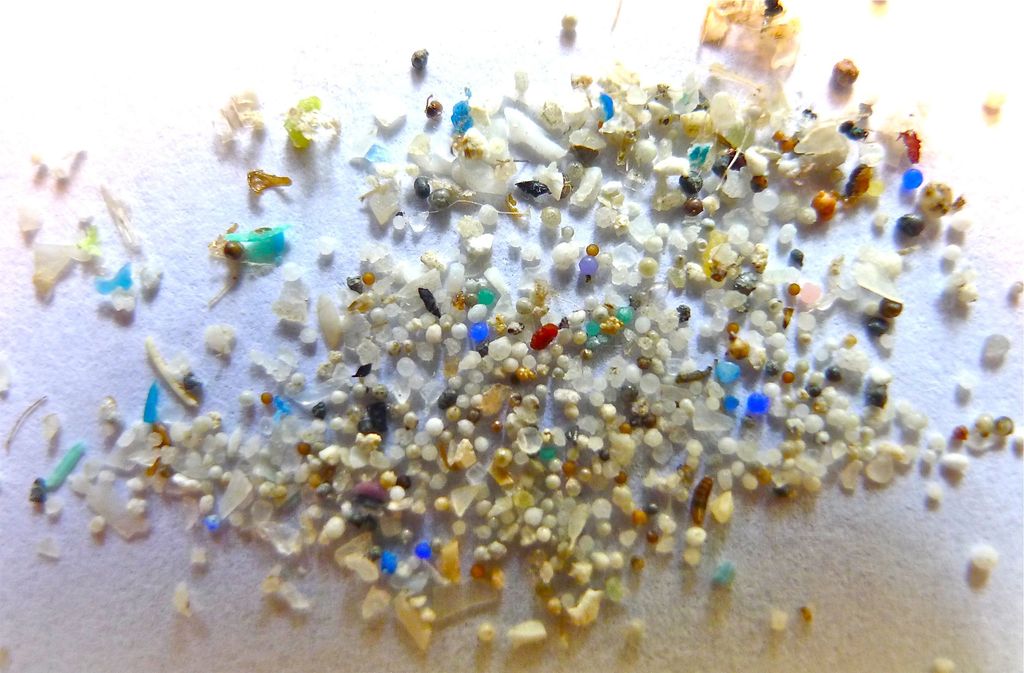
5. **Plastic Microbeads**
While not a future ban, it’s worth highlighting the case of plastic microbeads as a prime example of how seemingly small, harmless product ingredients can have far-reaching environmental impacts, serving as a precedent for ongoing environmental policy. These tiny plastic particles, once a common ingredient in exfoliating scrubs and certain toothpastes, have already been prohibited in the United States since 2015.
The rationale behind this ban was crystal clear: these minuscule plastic spheres were identified as a significant and pervasive source of water pollution. Too small to be filtered out by wastewater treatment plants, they would end up in rivers, lakes, and oceans, where they posed a threat to marine life and ecosystems. The ban was a crucial step in addressing the invisible plastic pollution crisis.
This successful legislative action against microbeads serves as a powerful reminder that vigilance is necessary for all our products. As environmental concerns continue to shape policy, we may well see similar bans on other types of microplastics or synthetic materials used across various personal care products and cosmetics. This has naturally led to a growing consumer preference for natural alternatives, such as products containing biodegradable exfoliants like sugar or ground nut shells.”
Moving beyond the immediate confines of our homes, the wave of regulatory change continues to expand its reach. This next section explores larger systemic shifts, from how we commute to the very plants we choose to cultivate in our gardens. These looming bans reflect a deeper commitment to sustainability and a reevaluation of our impact on the planet, prompting us to consider how we can adapt our lifestyles for a healthier and more sustainable future for everyone.

6. **Gas-Powered Vehicles**
The roar of the internal combustion engine, a familiar sound for over a century, is slowly but surely fading into the past. While a complete, immediate ban on all gas-powered vehicles isn’t imminent, the automotive landscape is undergoing a monumental transformation driven by global efforts to combat climate change and reduce air pollution. Many countries and a growing number of U.S. states are committing to phased prohibitions on the sale of new gasoline and diesel vehicles in the coming decades.
California, a significant trendsetter in environmental policy, has notably declared its intention to ban the sale of new gas-powered cars by 2035. This ambitious goal underscores a widespread move towards electric vehicles (EVs). As battery technology rapidly advances, offering longer ranges and faster charging, and as charging infrastructure continues to expand, consumers can expect a dramatic shift in their transportation options. For those considering a new car, exploring electric or hybrid alternatives isn’t just a nod to the future; it could mean purchasing one of the last generations of gas-powered cars available in certain regions, marking a significant personal transition towards greener travel.

7. **Single-Use Plastics**
The global campaign against single-use plastics has intensified considerably, transforming from a fringe environmental concern into a mainstream legislative priority. While the United States has yet to implement a comprehensive federal ban on these ubiquitous items, numerous states, cities, and local jurisdictions have proactively stepped in, enacting their own restrictions on common offenders like plastic bags, straws, and disposable utensils.
Environmental awareness continues to grow, and it is highly probable that we will witness even more expansive bans on single-use plastics in the years ahead. This broad movement could eventually encompass a wide array of everyday items that currently dominate our consumption habits, including disposable coffee cups and their lids, plastic food containers and various forms of packaging, bottled water and other beverages encased in plastic, disposable razors, and even plastic cotton swabs. Consumers can proactively embrace this change by actively seeking out reusable alternatives and consciously supporting businesses that demonstrate a commitment to sustainable packaging solutions, steering away from the convenience of disposables towards a more circular economy.
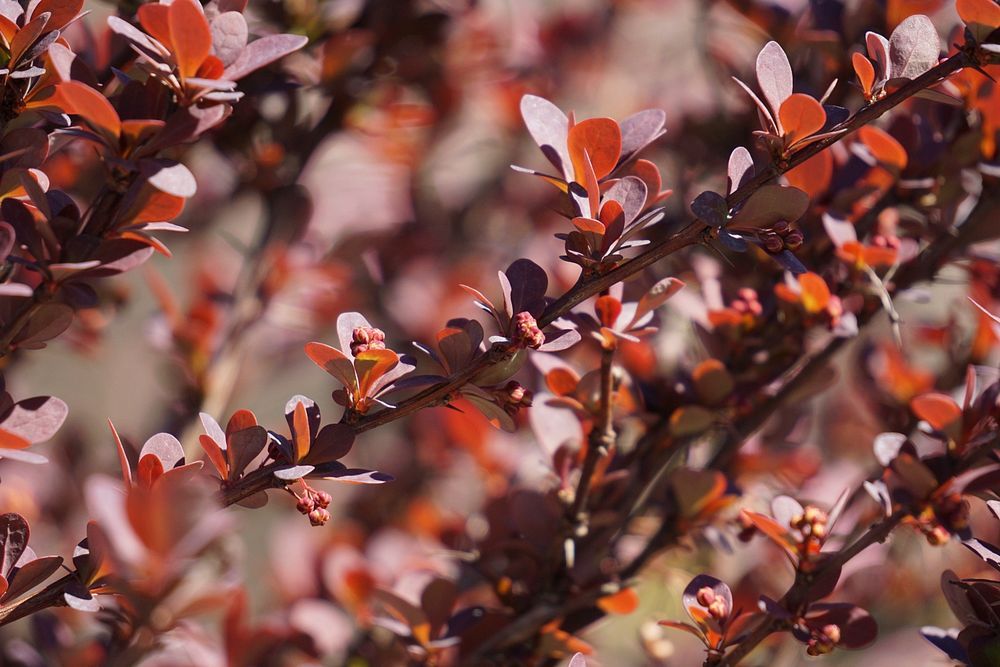
8. **Japanese Barberry’s Thorny Problem**
Often admired for its vibrant ruby-red foliage, Japanese Barberry has long been a favorite in landscaping. However, beneath its attractive exterior lies a significant ecological drawback. This seemingly innocuous shrub creates dense, thorny thickets that offer ideal hiding places for ticks, particularly those known to transmit Lyme disease, posing a direct public health concern in areas where it thrives.
Beyond its role as a tick haven, wildlife officials have increasingly restricted the planting of Japanese Barberry in several states due to its aggressive nature. It outcompetes and crowds out native forest understory plants, disrupting natural habitats and diminishing biodiversity. Instead of contributing to these issues, gardeners can choose native alternatives like ninebark or chokeberry, which provide similar stunning colors and visual interest without inflicting the same ecological damage, offering a responsible and beautiful choice for any landscape.
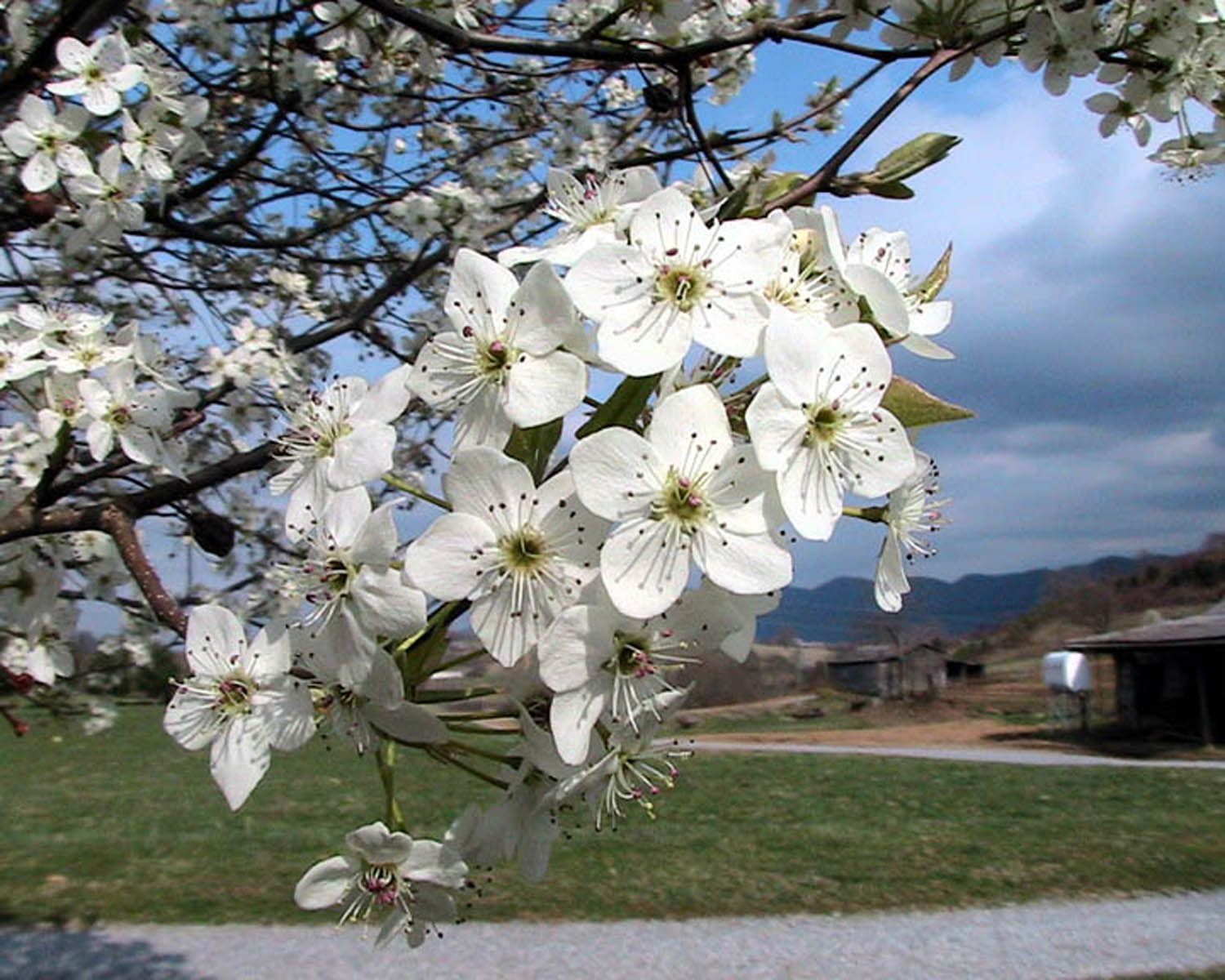
9. **Bradford Pear’s Fragrant Deception**
Bradford pear trees, with their perfectly symmetrical shape and abundant white blossoms, have long been a popular choice for lining suburban streets and decorating commercial landscapes in spring. Yet, their aesthetic appeal conceals a less pleasant reality: during their blooming period, these trees emit a notoriously foul odor, frequently likened to rotting fish, which can be quite pervasive and off-putting.
More concerning than their scent is their aggressive reproductive strategy. Despite being developed as sterile cultivars, Bradford pears readily cross-pollinate with other pear species, leading to the proliferation of aggressive, thorny wild populations. These invasive offspring can quickly establish themselves in natural areas, choking out native trees and disrupting local ecosystems. In response to these ecological threats, many states have initiated efforts to phase out sales of Bradford pear trees, with complete bans anticipated within the next five years. Gardeners looking for beautiful, early spring bloomers with a positive ecological impact should instead consider native serviceberry or dogwood, which offer both visual charm and support for local wildlife.
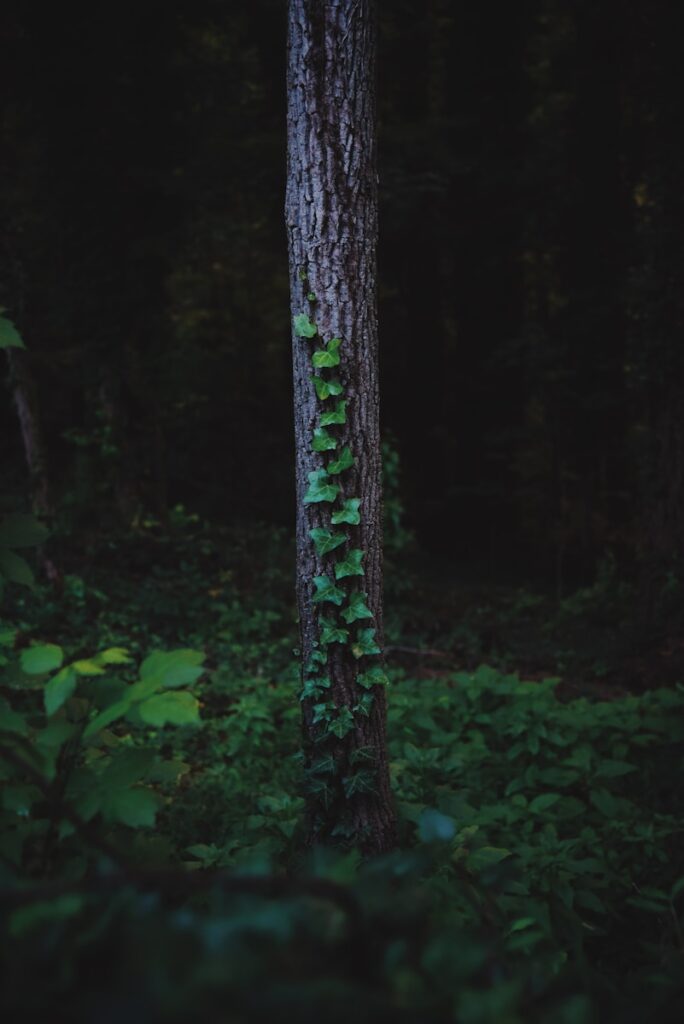
10. **English Ivy’s Chokehold on Forests**
While English ivy evokes images of charming, historic cottages, its widespread use as an ornamental plant has masked a serious ecological problem unfolding in natural areas. This vigorous vine is not content to merely cling to walls; it aggressively climbs trees, often with such intensity that it can effectively strangle them. By blocking essential sunlight from reaching the tree’s foliage and adding significant weight, English ivy makes host trees vulnerable to damage during storms, ultimately leading to their decline or death.
Once established, English ivy forms incredibly dense ground cover, creating an impenetrable mat that prevents the germination and growth of native tree seedlings and wildflowers. This effectively transforms diverse forest floors into monocultures devoid of the native plant life crucial for supporting local wildlife. Recognizing this destructive potential, several coastal states have already begun restricting the sale and cultivation of English ivy. For those seeking a similar aesthetic without the severe environmental repercussions, native alternatives such as Virginia creeper or American bittersweet offer attractive, well-behaved climbing options that harmonize with, rather than harm, local forest ecosystems.
As we navigate these evolving landscapes, both literal and figurative, the message is clear: change is constant, and adaptation is key. The items we’ve discussed today, from our vehicles to our garden plants, are just a few examples of how informed choices can pave the way for a more sustainable and healthier future. By embracing alternatives and understanding the ‘why’ behind these shifts, we become active participants in shaping a world that benefits us all, now and for generations to come. It’s an exciting journey of discovery, offering new and often better ways to live, one mindful decision at a time.



